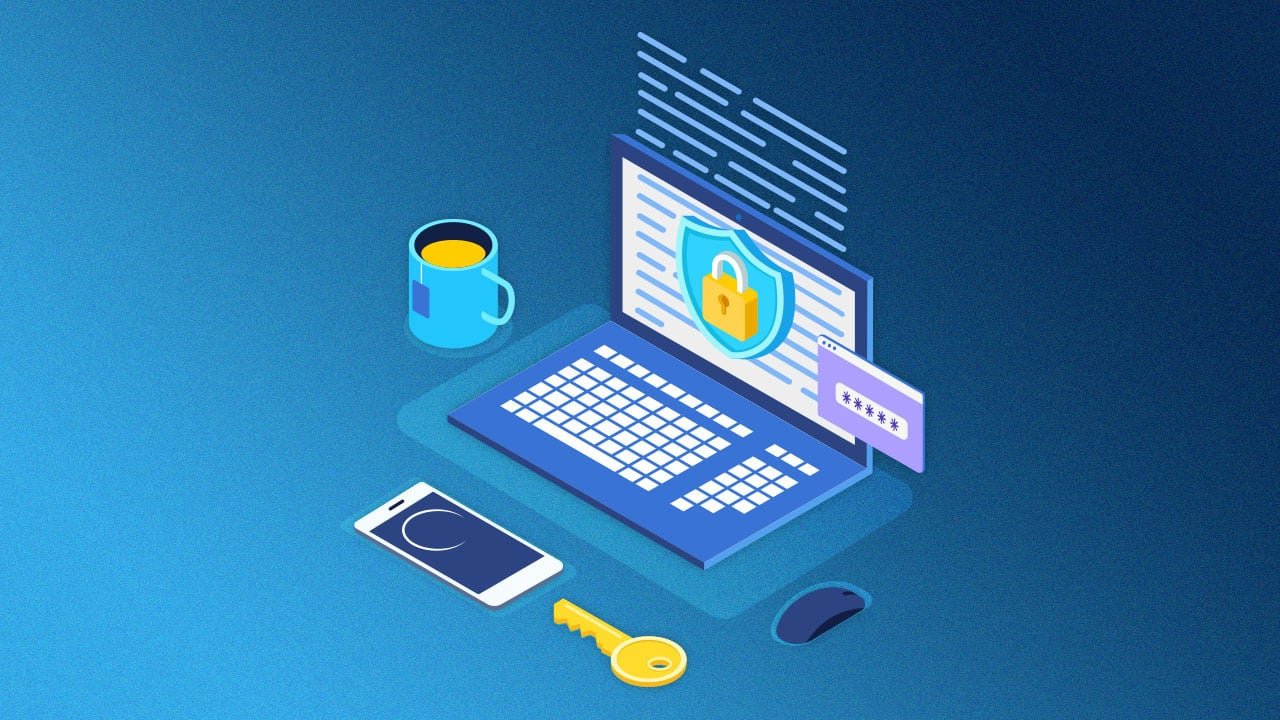Technology has undergone massive changes in recent years. A lot of features and functionalities have been added to our computer systems, which have given them a lot of utility for both personal and professional use. It is important to note, however, that this development also applies to those individuals with ill intentions. That means, along with the development of technology, these individuals have also been very active and eager in taking advantage of their fellow users.
Throughout the years, they have developed infiltration strategies that could bypass even the most advanced computer security systems out there. This is precisely why a ransomware attack is quickly becoming one of the most common threats that computer users face. In this article, we are going to talk about some key tips and tricks in dealing with this ever-present threat.
Regularly update software
Most of the software that we use, including our computer’s native operating system, already has pre-programmed code to detect and block malicious programs. These codes are regularly and frequently updated by programmers and tech specialists to make sure that their software is free of any bugs or issues and is not susceptible to outside threats.
Typically, updates are provided over the air (OTA) and will need to be downloaded and installed by the user. If the OTA update process is not regularly conducted, users run the risk of using obsolete software versions. Although the software will still run and will still be functional, it is now a lot more prone and vulnerable to more advanced infiltration techniques. As such, one of the simplest ways we can protect our system from malware, including ransomware, is to keep it updated.
Have backups
Creating a backup or a set of duplicate files is critical in minimizing the damage that ransomware can cause. The way ransomware works are that the files we locally store will effectively be encrypted with a passkey that can only be unlocked by the people who have attacked the system. Essentially, we are restricted access to the files we own unless and until we pay the ransom.
We can avoid having to pay the ransom if we have kept a backup of the files on our system. Through this, we can just wipe the current drive we have along with the malware and start fresh with a reformatted drive. Then, we can load our backup into the clean drive and resume our operations. This prevents us from incurring delays or from having to start all over again from scratch.
Install additional security programs
As we mentioned earlier, most of the programs that we use already have baked-in mechanisms to deal with malware. However, there are certain instances where these systems cannot effectively block or prevent malware from entering our computers. This is where third-party, additional security programs come in. These programs essentially create another layer of security against malicious programs. Typically, these programs allow us to detect certain types of malicious programs and blocklist them indefinitely. It also usually includes a scanning feature, which can be very helpful if we want to scan our drives on a regular basis.
Employ caution when using the internet
As the age-old saying goes: prevention is better than cure. With this, the most effective strategy in dealing with ransomware is to keep them from getting into our system in the first place. Creators of these malicious programs are able to infiltrate our computers through unsecure file downloads or through excessive granting of unnecessary permissions. These programs are typically very hard to detect, and once they have successfully entered your system, they quickly go unnoticed in the background. To address this concern, we should only visit secure websites and thoroughly understand the permission requests of different applications so as to not provide any unwanted permission that could expose us to threats.


